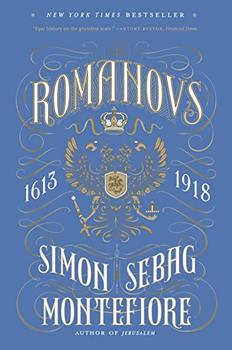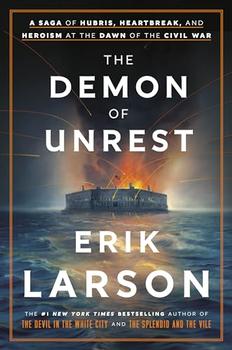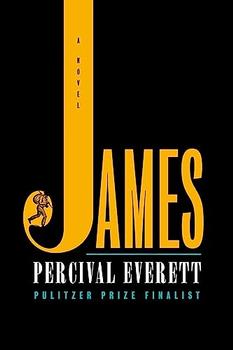Summary | Excerpt | Reviews | Beyond the Book | Readalikes | Genres & Themes | Author Bio

Critics' Opinion:
Readers' Opinion:
First Published:
May 2016, 784 pages
Paperback:
May 2017, 784 pages
 Book Reviewed by:
Book Reviewed by:
Kim Kovacs
Buy This Book
Even in the pre-industrial age, the tsar's schedule was overfilled with holy ceremonies and military reviews, not to speak of factional strife and family rows, leaving precious little time to think deeply about how to solve complex problems. It was a punishing job for a born politician to hold for five years, let alone a lifetime— and many tsars ruled for over twenty-five years. Given that most elected leaders in our democracies tend to be close to madness before ten years in office have elapsed, it is hardly surprising that tsars who reigned for many decades became exhausted and deluded. The tsar's ability to make the right decisions was also limited by the information he was given by his entourage: all the monarchs claimed they were enveloped in lies, yet the longer they ruled, the more they believed what they wished to hear. "Take care not to be Caesarofied, dyed in the purple," warned Marcus Aurelius, but it was easier said than done. The demands intensified as centuries passed. It was harder to be the director of an empire of trains, telephones and dreadnoughts than of horses, cannon and blunderbusses. Although this is a study of personal power, too much emphasis on the personal obscures the sweep of historical forces, the potency of ideas and the impact of steel, dynamite and steam. Technical advances intensified the challenges for a medieval autocracy.
When one reads of the chaotic drift and capricious decadence of the weak tsars of the late seventeenth century and the hedonistic empresses of the eighteenth, the historian (and the reader of this book) has to ask: How was Russia so successful when it seemed to be so poorly ruled by such grotesques? Yet, even when a child or an idiot was on the throne the autocracy could still function. "God is in heaven and the tsar is far away," said the peasants and in their remote villages they cared little and knew less of what was happening in Petersburg— as long as the centre held. And the centre did hold because the Romanov dynasty was always the apex and façade of a political system of family and personal connections, working sometimes in rivalry, oftentimes in cooperation, to govern the realm as junior partners to the throne. The system was flexible. Whenever a tsar married, the bride's family joined the core of power, and tsars promoted talented favourites, victorious generals and competent foreigners, particularly Tatar princelings, Baltic Germans and Scottish Jacobites, who refreshed this sanctum of connections, providing the social base that helped make Russia such a successful pre-modern empire.
Its heart was the alliance between the Romanovs and the nobility who needed royal support to control their estates. Serfdom was the foundation of this partnership. The ideal of autocracy was in practice a deal whereby the Romanovs enjoyed absolute power and delivered imperial glory while the nobility ruled their estates unchallenged. The crown was the greatest of the landowners so that the monarchy never became the plaything of the nobility as happened in England and France. Yet the noble network of interrelated clans served in government, at court and above all in the classic dynastic-aristocratic army which rarely challenged the tsars and instead became an effective machine of imperial expansion and state cohesion, binding gentry and peasantry under the potent ideology of tsar, God and nation. Since the Romanovs came to power in a desperate civil war, the Time of Troubles (1603–13), the regime was on a military footing from the start. Constant wars against Poles, Swedes, Ottomans, British, French, Germans meant that the autocracy developed as a command centre, mobilizing its nobility and constantly recruiting Western technology. Crown and nobility milked the resources of the serfs, who paid taxes, provided grain and served as soldiers, much cheaper to put in the field than those in other parts of Europe. The Romanovs' success in unifying the country, and the deep fear of any further mayhem, meant that even if individual tsars might be liquidated, the monarchy was generally secure, always supported by their nobility— with rare exceptions in 1730, 1825 and 1916/17. For most of the time, the Romanovs and their retainers could cooperate in the sacred, prestigious and profitable enterprise of repelling foreign aggression and building an empire. Hence this book is a story not just of the Romanovs but of other families too, Golitsyns, Tolstoys and Orlovs.
Excerpted from The Romanovs by Simon Sebag Montefiore. Copyright © 2016 by Simon Sebag Montefiore. Excerpted by permission of Knopf. All rights reserved. No part of this excerpt may be reproduced or reprinted without permission in writing from the publisher.




A classic is a book that has never finished saying what it has to say
Click Here to find out who said this, as well as discovering other famous literary quotes!
Your guide toexceptional books
BookBrowse seeks out and recommends the best in contemporary fiction and nonfiction—books that not only engage and entertain but also deepen our understanding of ourselves and the world around us.